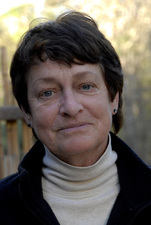 Thanks to my writing friend, Pam Brunskill, I met Marie Harris online and read her picture book on Kindle, The Girl Who Heard Colors, published by Nancy Paulsen books (Penguin) Sept. 2013. Marie is a busy woman from Vermont who is a poet, speaker, and editor. As a writer, I'm always interested how authors got started and published. So I interviewed Marie with some nosy questions. Marie is an example of an author who used an unfamiliar concept (synesthesia) and explained it in an easy way for children to understand. My teacher brain is already linking this book to kindergarten classes, especially, those who teach on the five senses. Plus, this is a helpful book to show family and friends what this extra sense means to people who have it. 1. How long have you been writing? How did you get into picture book writing? Although I've been writing—poetry, essays, travel articles—for many years, it was only a few years ago that I wrote my first children's book. As New Hampshire's Poet Laureate, I was asked to write the NH Alphabet book, a look at our state in poetry and prose. Sleeping Bear Press published G is for GRANITE, followed by the companion number book: PRIMARY NUMBERS. 2. Nancy Paulsen Books is an impressive imprint. How did you get your manuscript across Ms. Paulsen's desk? Do you have an agent? My friend Maxine Kumin, Pulitzer Prize-winning poet and author of over 20 extraordinary children's books, kindly referred me to her agent when I mentioned a new project I was working on. He took me on and it was he who introduced my work to Nancy Paulsen. (And then, alas, he retired!) It was incredibly exciting to be invited to join her new imprint.  3. The Girl Who Heard Colors is about another sense called synesthesia. How did you learn about this? Did you do a lot of research? I learned about synesthesia while exploring the life and work of America's first female composer, New Hampshire's Amy Beach. The picture book was one of the results of that research. Another wonderful outcome was that I began to meet dozens of people, young and old, who have this amazing gift and who often have not mentioned it to anyone. (Just in case you should overhear, I'm the person who asks practically everyone I meet: “What color is nine?” or “What colors do you see when you listen to jazz?”) 4. What is your advice to writers who are trying to get a picture book published? As for how to get a picture book published, alas, I have no useful advice beyond what all of us know. Of course first we must craft our stories carefully. Then there are any number associations and conferences and how-to books and blogs and lists of agents and editors to help and encourage us. And we have to put in the time to research the markets and write compelling query letters. But in the end...dare I say it?...it may come down to whatever we call luck. 5. I noticed you've also had poetry books published. Do you think you'll write a picture book of poems? I am, first and foremost, a poet. And I'd love to create another children's book using poetry as the structure. I have a few ideas, but as anyone knows who has attempted this form, it only looks simple! The important thing is to write for the inherent joy of it and hope our words fall upon receptive ears...preferably the ears of children. Thanks, Marie! Below is her bio and how you can contact her. She's available to visit schools. Web site: www.marieharris.com Bio: Marie Harris is an editor, freelance writer and businesswomen and the author of 4 books of poetry, the most recent of which is the story of an adoption: YOUR SUN, MANNY: A Prose Poem Memoir (White Pine Press). She lives in a house in the woods that she built with her husband, the photographer Charter Weeks. [email protected] @MarieHarris1943 Some of my blogger friends are also featuring Marie this week. (It must be Marie Harris week!) You can read more about Marie at Susanna Hill's blog and Laura Sassi's blog.
29 Comments
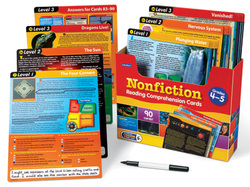 One of the products I helped write for Lakeshore Learning last year just came out. These were nonfiction articles that they redid to fit the Common Core Standards. My job was to write 4 new article cards and rewrite every question on all cards in this box to correspond to a Common Core reading standard. Whew! The reason why I'm sharing this isn't to brag. I want to apply it to my/your writing of a nonfiction book. A few weeks ago when I interviewed one of the descendants for my picture book biography, the lady just happened to be a substitute teacher. And she mentioned how great it would be to use a primary document in the book. Perfect, I thought. That would get teachers' and editors' attention. Why? Because one of the standards says kids need to compare and contrast a firsthand and secondhand account of the same event or topic. And in my story, I do have a firsthand account from my subject's journals. Also, I just read about a nonfiction book from a major publisher that was written years ago that wasn't selling very well. As soon as the publisher connected it with Common Core Standards, it began selling like hotcakes. (Ok, maybe not that fast, but the book is no longer in danger of being discontinued.) So I was thinking...what other standards should we keep in mind as we write? Below I'll list some in easy jargon. But remember that the first thing you want to do is create a wonderful story. When you edit and revise, you can check your story for possible ways it might fit curriculum. Reading Standards for Informational Text (You can click this link if you want to see each grade's informational text standards. Just click on the grade you want to check.) * Kids will compare and contrast firsthand and secondhand accounts of the same event or topic. Do you have any primary sources in your story? * Kids will interpret information presented visually, orally, or quantitatively in charts, graphs, diagrams, and timelines. Do you have any of these elements? Especially for biography writers, you could add a simple timeline, another way to add extra information that won't fit into the main story. * Kids will explain how an author (that's you!) uses reasons and evidence to support particular points in a text. So if you say your subject was always dreaming, or your subject was irresponsible...do you have good evidence to support your statement? Here's a way to use the rule of 3's for picture books. Give 3 pieces of evidence. * Kids will explain events in a historical or scientific text, including what happened and why, based on specific information in the text. Will kids understand your words and be so excited they can restate what happened? I've read accounts of parents who are baffled by the knowledge their children pick up from books. We want these kids to be passionate about our topics! * Kids will describe the structure that YOU used to write the story. Is your story written using chronology (birth to death), comparison and contrast of two people/groups/things, cause and effect, or problem and solution? Okay, those are just some of the standards, not a representative of all of kindergarten - 5th grade. So as you read nonfiction books this week, think about how the books fit some of these standards. And as you work on your stories, do you have any of these elements that you could mention to your editor or agent, if they asked? So according to the title of this post, it looks like the CC wins--with our current market, it's helping books get published and noticed. 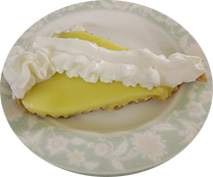 Welcome back to my journey of picture book biography writing. While you've been gone, I found ANOTHER descendant of my subject, and we talked on the phone for almost two hours! It was awesome discussing my subject with someone else more knowledgeable. While studying picture book biographies, I've noticed that they fall into two categories: a story about the person's whole life from birth to death or one part of the person's life. I'll call these options the whole biography pie or a slice of biography pie. As always, I like to look at great examples. What's better than a book that received two recent ALA awards for nonfiction? I purchased on Kindle A Splash of Red: The Life and Art of Horace Pippin by Jen Bryant, illustrated by Melissa Sweet, Knopf 2013. Opening line: On February 22, 1888, the town of West Chester, Pennsylvania, celebrated a holiday. That day, in that same town, Daniel and Christine Pippin celebrated the birth of their son, Horace. (This book uses the setting to begin.) Description: Horace is a big boy who's a great helper, and he loves to draw. When he wins a drawing contest, he receives real paints and draws as much as he can. But times are tough and then there's a war. Horace is called away, and something happens that prevents him from doing what he loves best until... 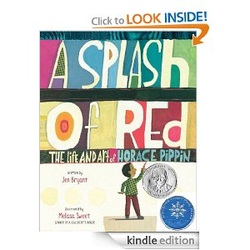 Here are some things I learned about picture book biography writing from this book:
I really enjoyed this book and learned so much from it. I hope you get the chance to read it. And here's a FABULOUS interview of Jen and Melissa on the making of this book. So will you be baking a whole biography pie or just a slice? |
Tina M. Cho, children's authorI'm a children's author and freelance writer for the educational market. Welcome! Archives
March 2024
Categories
All
|


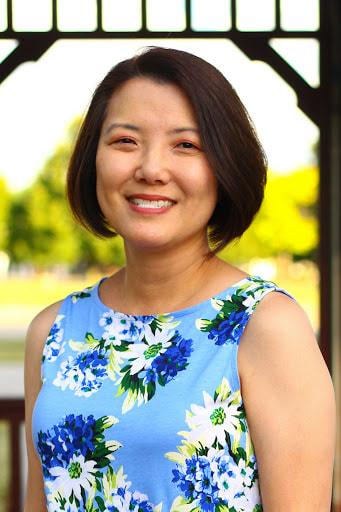

 RSS Feed
RSS Feed
